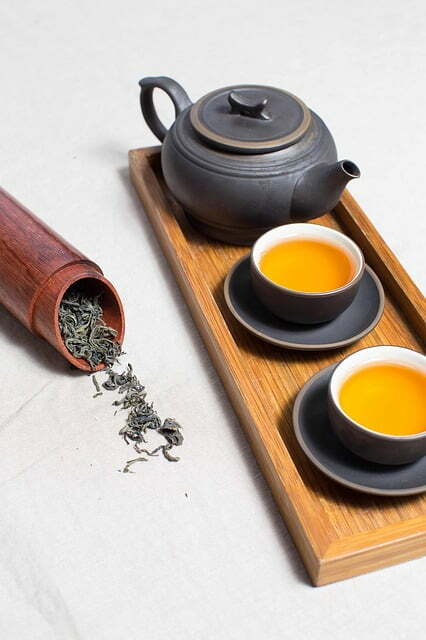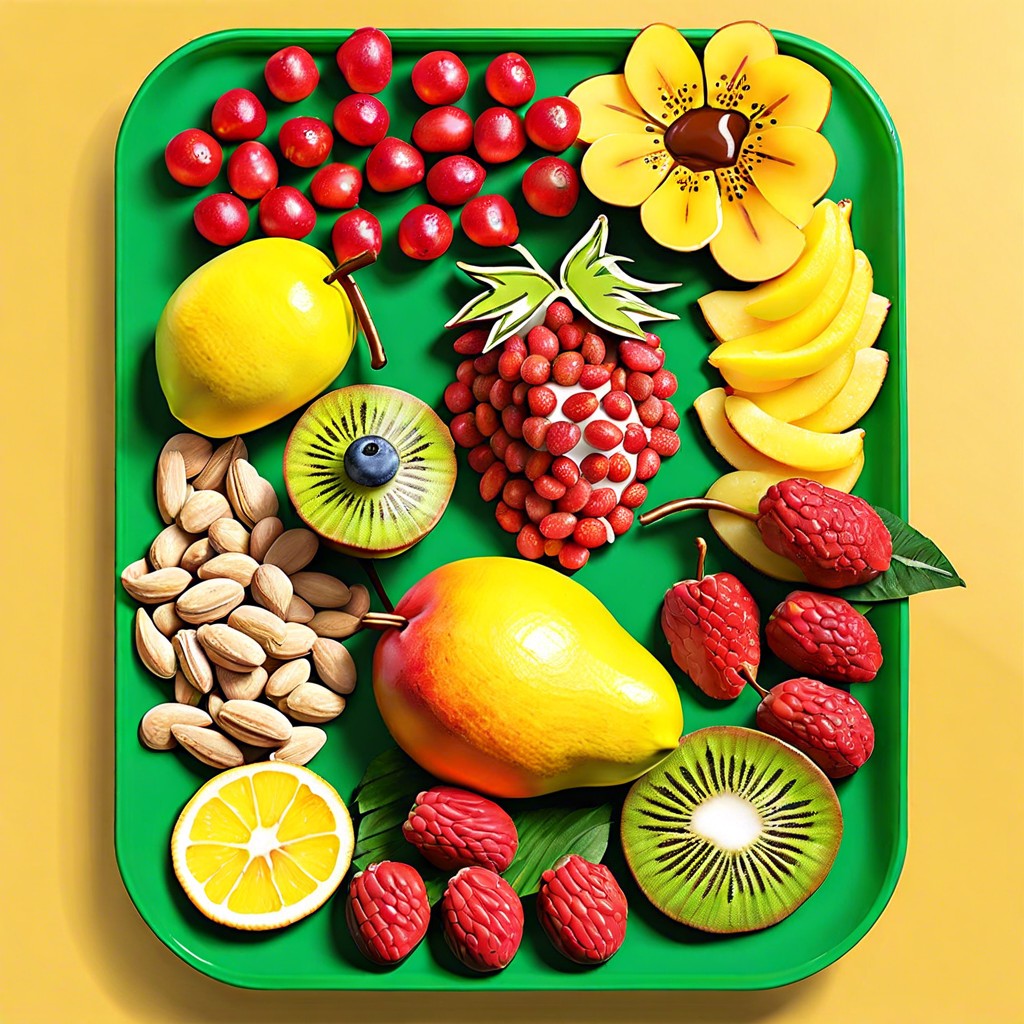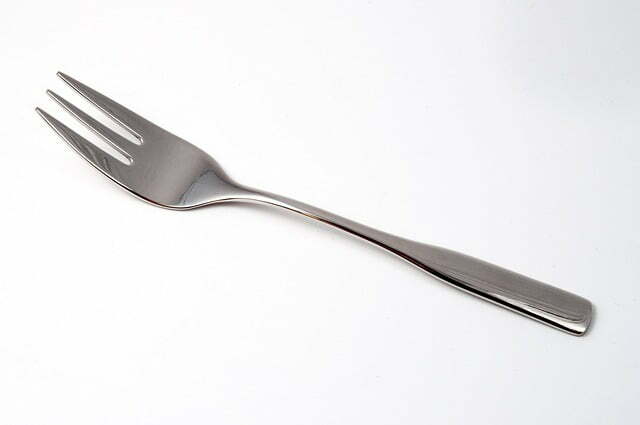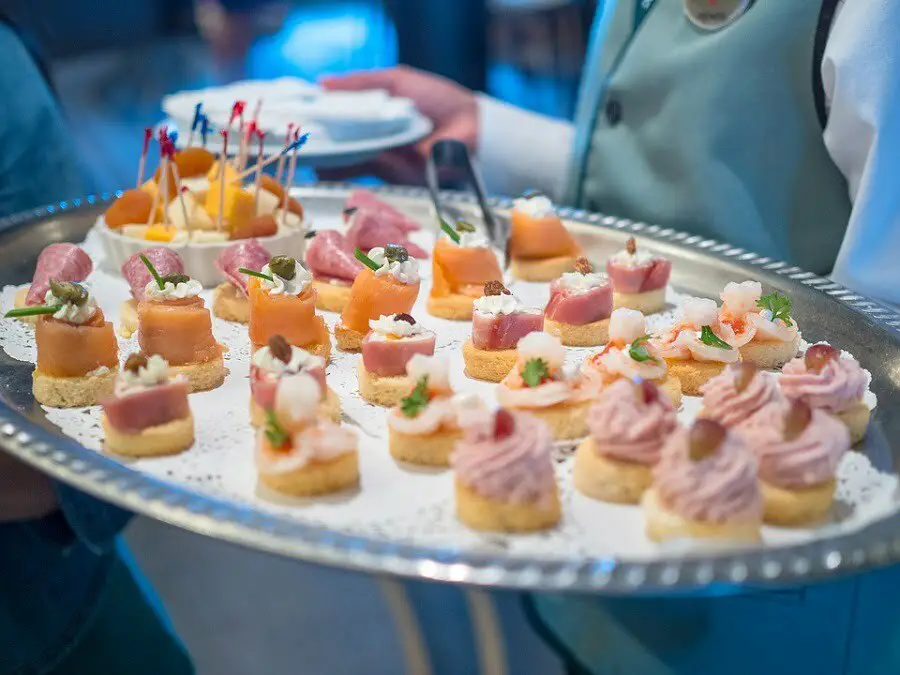Discover the essential steps to create a food-safe charcuterie board that will delight your taste buds and keep you healthy.
Charcuterie boards have become a popular trend in recent years, and for good reason. They offer a beautiful display of delicious meats, cheeses, fruits, and crackers that are perfect for entertaining guests or enjoying a night in with your loved ones.
However, it’s important to remember that food safety should always be a top priority when preparing any type of food. In this article, we will discuss how you can make your charcuterie board not only aesthetically pleasing but also safe for consumption.
So grab a glass of wine and let’s dive into the world of charcuterie board food safety!
Choosing Food-Safe Materials

You want to make sure that your board is made from non-toxic and non-porous materials that won’t harbor bacteria or other harmful substances. Some of the best options for charcuterie boards include glass, marble, slate, and certain types of wood.
It’s important to note that not all woods are created equal when it comes to food safety. Avoid using softwoods like pine or cedar as they can contain natural oils and resins that may be toxic if ingested in large quantities.
Instead, opt for hardwoods like maple or cherry which are dense and less porous than softwoods.
Another factor you should consider when selecting a material for your charcuterie board is its durability over time. Glass boards may look beautiful but they can easily break if dropped while marble boards tend to be heavy making them difficult to move around frequently.
Selecting the Right Wood
First and foremost, you want to choose a hardwood that is dense and non-porous. This will help prevent bacteria from penetrating the surface of the board.
Some popular choices for charcuterie boards include maple, walnut, cherry, and oak. These woods are not only durable but also have natural antimicrobial properties that can help keep your food safe.
It’s important to avoid softwoods like pine or cedar as they can absorb moisture easily which makes them more prone to bacterial growth. Some types of wood may contain oils or resins that could be harmful if ingested.
Cut and Sand Board
If you’re using a wooden cutting board or serving platter, it’s essential to cut and sand the surface properly before use.
Firstly, make sure that your cutting board is free of any debris or dirt by wiping it down with a damp cloth. Then use a fine-grit sandpaper (220 grit) to smooth out any rough spots on the surface of the wood.
This will help prevent bacteria from getting trapped in small crevices.
Next, rinse off any sawdust left behind from sanding with warm water and let dry completely before proceeding with prepping your ingredients.
Prepping the Board Surface
This will ensure that any harmful bacteria or germs are eliminated and won’t contaminate your food.
Firstly, make sure that you have a clean work area and wash your hands thoroughly with soap and warm water. Next, use a damp cloth or sponge to wipe down the entire surface of the board.
You can also use a mild dish soap if necessary but be sure to rinse it off completely.
Once you’ve cleaned off any debris from previous uses, sanding is an essential step in prepping for food safety purposes as well as aesthetics reasons. Sanding helps remove rough spots on wood surfaces where bacteria can hide while giving them an even finish for better presentation.
After sanding is complete, wipe down again with another damp cloth or sponge before proceeding with arranging ingredients on top of it.
Essential Charcuterie Equipment
Here are some essential tools you’ll need:
1. Cutting Board: A high-quality cutting board made of wood or bamboo is ideal for preparing meats and cheeses.
2. Knives: Invest in a set of sharp knives specifically designed for slicing meat and cheese.
3. Serving Utensils: Use separate utensils for each type of food on your charcuterie board to avoid cross-contamination.
4. Bowls and Plates: Small bowls or plates can be used to hold dips, spreads, olives, nuts or other small items that may roll off the board.
5. Tongs: Tongs are useful when handling delicate foods like grapes or berries without damaging them.
6. Cheese Grater: If you plan on serving hard cheeses such as Parmesan, you will need a cheese grater.
Types of Charcuterie Meats
Some popular choices include prosciutto, salami, and chorizo. Prosciutto is an Italian dry-cured ham that has a delicate flavor and texture.
It pairs well with soft cheeses like brie or goat cheese.
Salami is another classic choice that comes in many different varieties such as Genoa or soppressata. These cured sausages have a bold flavor and can be sliced thin for easy snacking.
Chorizo is a Spanish sausage made from pork seasoned with smoked paprika which gives it its distinctive red color and smoky taste. It’s perfect for adding some spice to your charcuterie board.
Other types of meats you may want to consider include pâté, terrine, or rillettes which are all spreadable meat products typically served on crackers or bread slices.
Cheese Selection Guidelines
First and foremost, make sure that the cheese is pasteurized. This means that it has been heated to kill any harmful bacteria and reduce the risk of foodborne illness.
Next, consider choosing a variety of cheeses with different textures and flavors. Soft cheeses like brie or camembert pair well with crusty bread or crackers while harder aged cheddar or gouda can be sliced thinly and served alongside cured meats.
It’s also important to keep in mind any dietary restrictions your guests may have such as lactose intolerance or allergies. Consider offering non-dairy alternatives like nut-based cheeses if needed.
Cleaning and Sanitizing Techniques
Cleaning and sanitizing are essential steps in preventing foodborne illnesses. Before using your board, make sure to wash it thoroughly with hot soapy water, rinse well with warm water, then dry completely.
To sanitize the board after cleaning, you can use a solution of one tablespoon of unscented bleach per gallon of water or a commercial sanitizer approved by the Environmental Protection Agency (EPA). Apply this solution on all surfaces of the cutting board using a clean cloth or sponge.
Allow it to sit on the surface for at least one minute before rinsing off with warm water.
It’s important to note that wooden boards should not be soaked in water as they may warp or crack over time. Instead, wipe them down immediately after washing them and let them air dry completely before storing.
Avoiding Cross Contamination
It occurs when harmful bacteria from one food item spread to another, potentially causing illness. To avoid cross-contamination on your charcuterie board, you should always use separate cutting boards and utensils for different types of foods.
For example, if you are slicing cheese and then move onto preparing raw meat like prosciutto or salami without washing the knife in between uses, there’s a risk that bacteria from the meat could transfer onto the cheese. This can be easily avoided by using separate knives or cleaning them thoroughly before switching between ingredients.
Another way to prevent cross-contamination is by arranging your charcuterie board strategically. Keep meats separated from cheeses and fruits so that they don’t come into contact with each other accidentally.
Proper Food Handling Practices
It’s important to remember that bacteria can grow rapidly on certain foods, especially those that are left at room temperature for an extended period of time. To avoid any potential health risks, make sure you follow these guidelines:
- Wash your hands thoroughly before handling any food.
- Use separate cutting boards and utensils for raw meats and other ingredients.
- Keep all perishable items refrigerated until ready to use.
- Don’t leave the charcuterie board out at room temperature for more than two hours (or one hour if the temperature is above 90°F).
- Discard any leftover food after four days.
Storing and Refrigerating Charcuterie Ingredients
First, make sure that all of your meats and cheeses are stored at the proper temperature. This means keeping them in the refrigerator at or below 40°F (4°C).
It’s also important to store different types of meats separately from each other. For example, if you have both cooked ham and raw prosciutto on your board, they should be kept apart so that there is no cross-contamination.
Another thing to consider is how long your ingredients will last once they’ve been opened. Most cured meats can last for several weeks when properly stored in the fridge, but soft cheeses like brie or goat cheese may only last a few days.
To extend the life of your charcuterie ingredients even further, consider vacuum-sealing them before storing them in the fridge. This will help prevent any air from getting into the packaging which can cause spoilage.
How to Arrange a Charcuterie Board
The key is to create a visually appealing display that also makes sense from a practical standpoint. Start by placing the larger items on the board first and then fill in any gaps with smaller items.
Begin by placing cheese wedges or blocks around the perimeter of the board. This will help anchor everything else you add to it.
Next up are meats like salami or prosciutto; fold them into interesting shapes before laying them down on top of each other.
Add some color with fresh fruit such as grapes or berries placed strategically throughout the board along with nuts like almonds and walnuts which can be scattered around for texture.
Serving Temperature Guidelines
Certain meats and cheeses taste best when served at specific temperatures, so it’s important to keep this in mind when arranging your board. Here are some general guidelines for serving temperatures:
- Soft cheeses: Serve at room temperature (around 70°F) for optimal flavor and texture.
- Hard cheeses: Serve slightly cooler than room temperature (around 60°F).
- Cured meats: Serve at room temperature or slightly chilled (around 55°F).
- Pâtés and terrines: Serve chilled or at cool room temperature (around 50°F).
To achieve the desired temperatures, you can take your ingredients out of the fridge about an hour before serving. Alternatively, you can use ice packs or chill plates to keep them cool while on display.
Displaying and Storing the Finished Board
If you’re serving the board immediately, keep it at room temperature for no more than two hours. After that time has passed, any remaining food should be discarded.
If you need to store the charcuterie board in the refrigerator before serving or if there are leftovers after your event, make sure to wrap each item separately with plastic wrap or aluminum foil. This will help prevent cross-contamination and maintain freshness.
When storing a wooden charcuterie board in between uses, avoid stacking other items on top of it as this can cause warping or cracking over time. Instead, stand the board upright against a wall or lay flat on a shelf with enough space around it for air circulation.
Allergen Considerations and Labeling
Common food allergens include nuts, dairy products, gluten-containing grains like wheat or barley, soy products and shellfish. If you’re unsure about whether an ingredient contains an allergen or not, it’s always best to err on the side of caution and avoid using it altogether.
To ensure that your guests are aware of any potential allergens in your charcuterie board ingredients; labeling is essential. You can use small cards placed next to each item on the board indicating what is included in each selection as well as highlighting if there are any common food allergies present such as peanuts or tree nuts.
Food Safety and Storage Tips
Here are some food safety and storage tips that will help keep your charcuterie board fresh:
- Store meats in airtight containers or wrap them tightly with plastic wrap.
- Cheese should be wrapped in wax paper or parchment paper before being stored in an airtight container.
- Fruits and vegetables should be washed thoroughly before being sliced for the board. Any leftovers can be stored in an airtight container.
- Crackers, breadsticks, and other dry items can also be kept fresh by storing them in an airtight container.
It’s essential to remember that all of these items need to be refrigerated if they are not consumed immediately after serving. Make sure you label any containers with the date so that you know when they were prepared.
Board Maintenance and Care
First, remove any remaining food debris with a damp cloth or sponge. Avoid using soap as it can seep into the wood grain and affect the taste of future foods.
Next, sanitize the board by wiping it down with a solution of one part vinegar to four parts water. This will kill any bacteria that may be present on the surface.
To keep your charcuterie board looking its best, apply mineral oil or beeswax regularly. These products will help protect against moisture damage and prevent cracking over time.
Lastly, store your charcuterie board in a cool dry place away from direct sunlight when not in use.
How to Care for a Charcuterie Board
This will ensure that it lasts for years to come and remains in good condition for future use.
To start, make sure you clean the board thoroughly after each use. Use a mild soap and warm water to wash away any food residue or bacteria that may have accumulated on the surface.
Avoid using harsh chemicals or abrasive sponges as they can damage the wood.
Once cleaned, allow your charcuterie board to air dry completely before storing it away. Never put a wet or damp wooden cutting board into storage as this can cause mold growth and warping over time.
To keep your charcuterie boards looking their best, apply mineral oil every few months with a soft cloth in circular motions until fully absorbed by the wood grain; this helps prevent drying out which could lead them cracking over time due exposure from moisture changes during washing cycles etcetera.
FAQ
How do you keep a charcuterie board safe?
To keep a charcuterie board safe, refrigerate cut produce and cheeses until served, limit room temperature exposure to 2 hours (1 hour above 90°F), and use clean serving utensils to prevent contamination.
How do you make a food board safe?
To make a food board safe, apply a liberal amount of butcher block wood oil or food-grade mineral oil onto a cloth rag and rub it thoroughly on all sides of the wood, reapplying until the wood stops absorbing the oil.
Are charcuterie boards food safe?
Charcuterie boards are food safe as long as they consist of cured meats, according to Kansas State University food scientist Karen Blakeslee.
What are the best practices for sanitizing a charcuterie board?
The best practices for sanitizing a charcuterie board include washing it with warm, soapy water, rinsing thoroughly, and allowing it to air dry.
What materials are recommended for a food-safe charcuterie board?
Recommended materials for a food-safe charcuterie board include wood, bamboo, or food-grade marble.
How can you ensure proper food handling when preparing a charcuterie board?
To ensure proper food handling when preparing a charcuterie board, always wash hands, utensils, and surfaces, and store meats and cheeses at safe temperatures.



